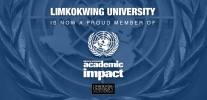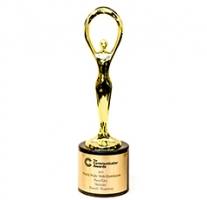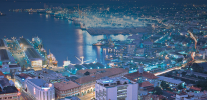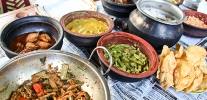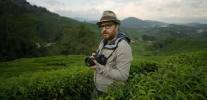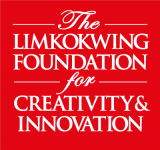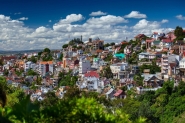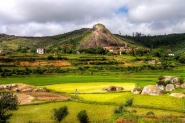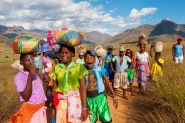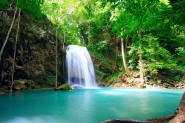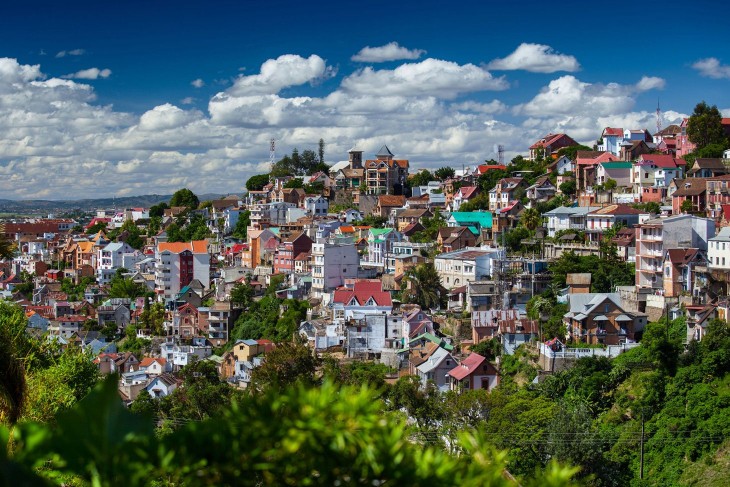 Photo Credit: owegoo.com
Photo Credit: owegoo.com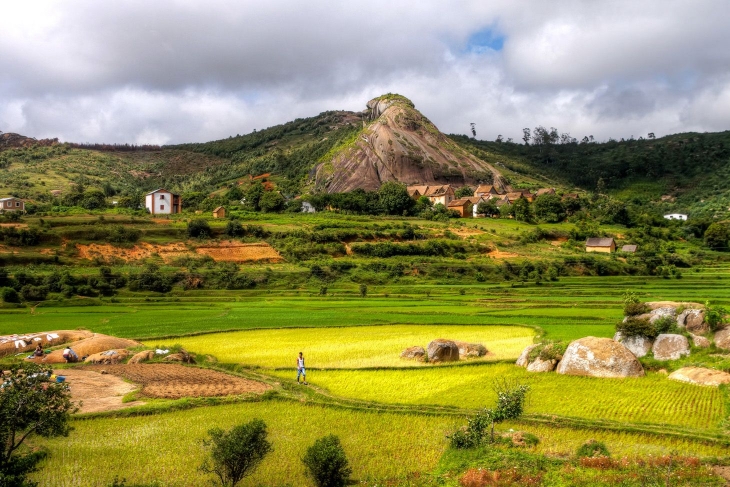 Photo Credit: Flickr/mariusz kluzniak
Photo Credit: Flickr/mariusz kluzniak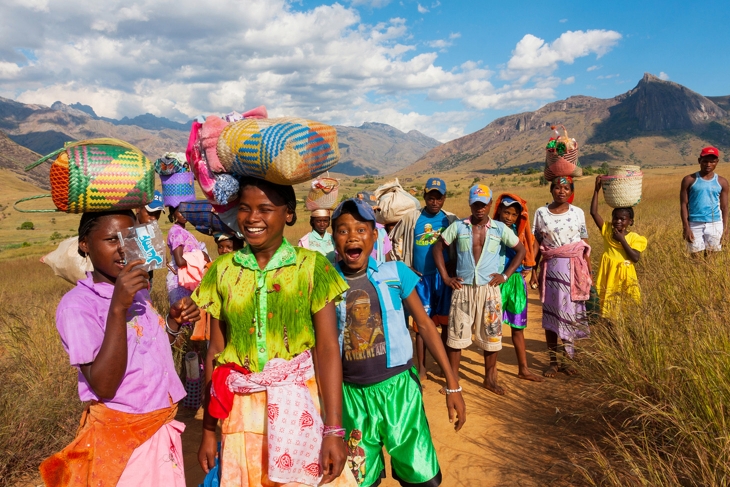 Photo Credit: Shutterstock/sunsinger
Photo Credit: Shutterstock/sunsinger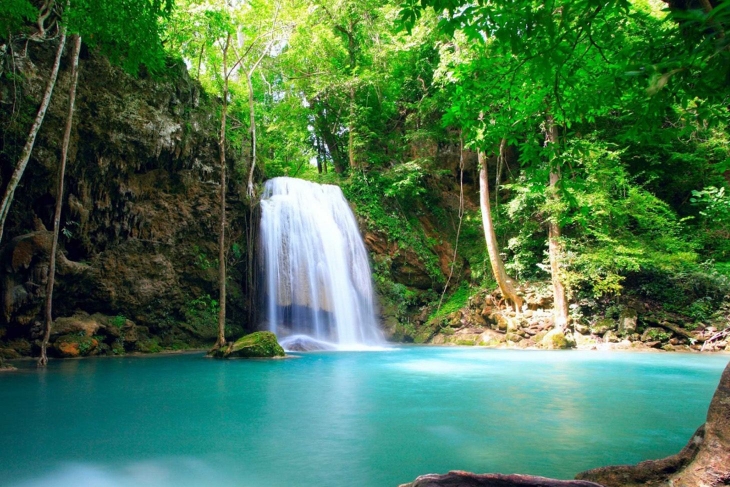 Photo Credit: safarihub.com
Photo Credit: safarihub.com
Madagascar is the fourth largest island in the world. It is famed for its epic landscapes and unique wildlife.
Situated in the south coast of Africa, the island is home to rainforests, beaches, reefs and thousands of animal species found nowhere else such as lemurs. Its varying landscapes consist of sandstone canyons, limestone karsts, mountains, fertile hills cascading with terraced rice paddies and different types of forests (rain, dry, spiny).
Madagascar was one of the last major landmasses on earth to be colonised by humans. The present day settlers from Indonesia arrived between A.D. 350 and 550. The island attracted Arab and Persian traders as early as the 7th century, and migrants from Africa arrived around A.D. 1000.
Its population consists of 18 main ethnic groups, all of whom speak the same Malagasy language. However, most Malagasy are multi-ethnic, reflecting the island’s diversity of settlers and historical contacts.
Its ethnic groups include Malayo-Indonesian (Merina and related Betsileo), Cotiers (mixed African, Malayo-Indonesian and Arab ancestry - Betsimisaraka, Tsimihety, Antaisaka, Sakalava), French, Indian, Creole and Comoran.
The diverse island evolved into an intricate set of beliefs and rituals that revere ancestors’ spirits. Most of its 20 million people practice Christianity or an indigenous religion; small share of population is Muslim.
The economy of the Malagasy has been based on agriculture that is the cultivation of paddy rice, coffee, vanilla and cloves including fishing and forestry. Agriculture accounts for more than one-fourth of the island’s GDP and employs roughly 80% of the population.
Some of its natural resources include graphite, chromite, coal, bauxite, rare earth elements, salt, quartz, tar sands, semi-precious stones, mica, fish and hydropower.







